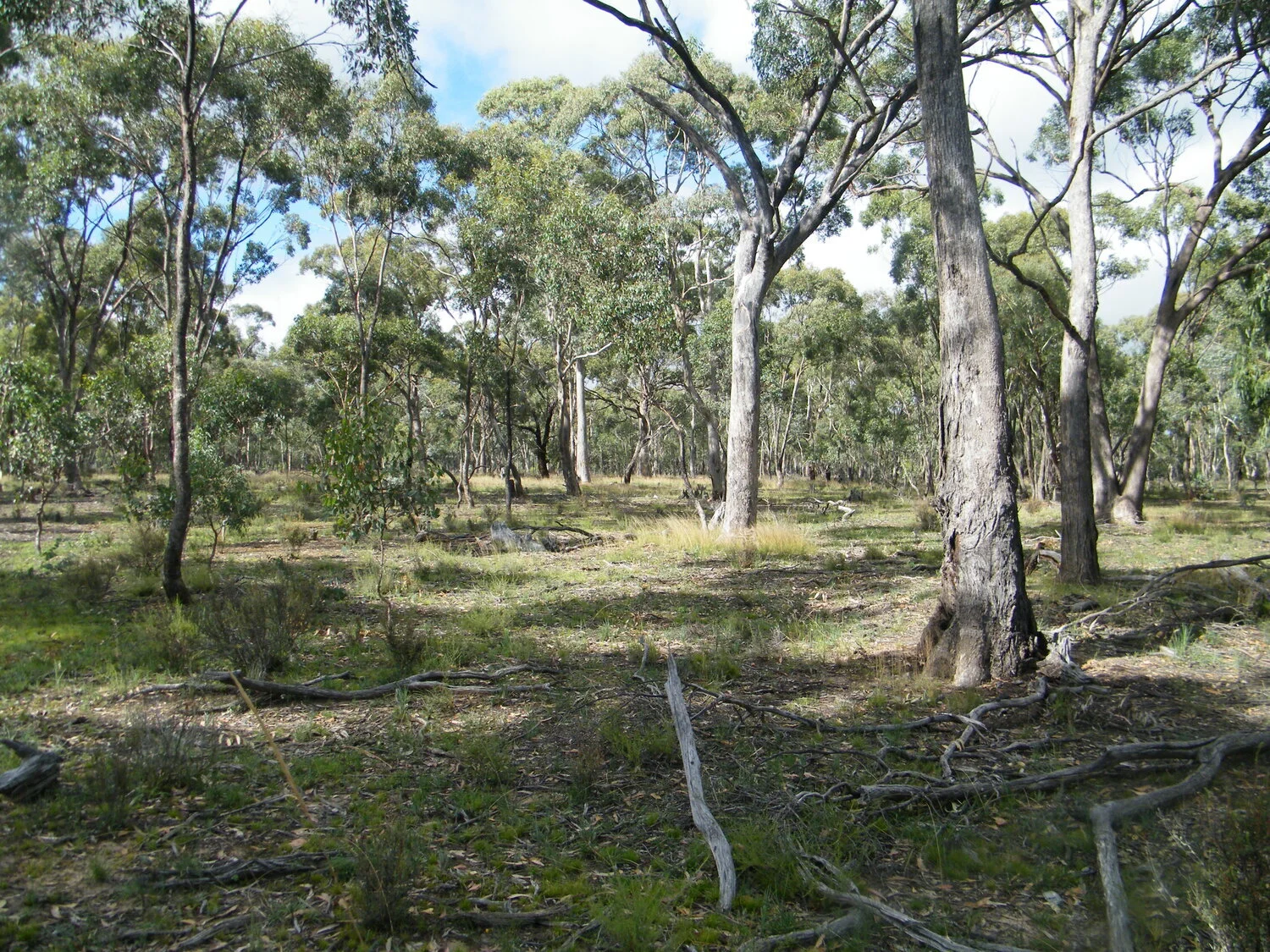We're lucky to have Tanya Loos, author of the fascinating book 'Living with Wildlife', join us as our guest presenter. Learn about the amazing local species that your garden or property can provide a refuge for - and, importantly, what you can do to minimise conflicts that sometimes arise from sharing our space with native critters.
Read MoreIn our second webinar about ‘rewilding’, as part of our 2024 Monthly Webinar Series, hear from Derek Sandow who is the Marna Banggara Project Manager at the Northern and Yorke Landscape Board.
Read MoreHear about ways to protect and restore these elders of our lands. At this webinar, we'll together look at: Why are Large Old Trees so important? What are the dire threats they face? How can we together urgently help them?
Read MoreListen to this fascinating conversation with Biolinks Alliance Ecologist, Chris Pocknee, and Local to Landscape Facilitator, Cameron O’Mara about our urgent work to save Large Old ‘Hero’ Trees and their life-sustaining hollows.
Read MoreFrog Identification Guide - Kyneton to Heathcote regions
Read MoreBiolinks Alliance Executive Director Dr Sophie Bickford presents at the 2022 Bendigo Sustainability Festival.
Read MoreReveg Calendar - by Project Platypus
Read MoreProtecting paddock trees - by Project Platypus
Read MoreBenefits of trees for farm productivity - by Project Platypus
Read MoreNewham Landcare has produced this 5 minute video which promotes the important role of the Cobaw Biolink in enhancing the connections between Mount Macedon and the Cobaw Range on both private and public land. This video aims to engage landholders and residents and make them aware that their contribution, no matter how big or small, is environmentally vital. Protecting existing high quality native vegetation and creating connectivity in the biolink will help native plants and animals adapt to climate change. Spotlight surveys on habitat-rich roadsides round Newham found more animals present in the Cobaw Biolink than during similar surveys on Mount Macedon.
Read MorePaddock trees have a unique role in biodiversity conservation. They provide habitat for a wide range of species, particularly those that need hollows (including many bats and birds), and those that need the abundant food resources provided by large trees. Even dead trees – standing starkly in paddocks – provide a home for many animals. And, although they often stand alone, they can provide essential stepping stones for the movement of many different species between bushland patches.
Read MoreAgriculture can be sustainable if it can meet society’s current food and textile needs without compromising the ability of future generations to meet their own needs. Grazing management is a critical part of sustainable agriculture that aims to provide food for animals throughout the year by protecting perennial grasses from overgrazing and soils from wind and water erosion.
Read MoreProductive farming and biodiversity conservation can co-exist to the mutual benefit of both. There is a growing body of evidence on the long-term benefits of retaining trees, protecting corridors of bushland and taking care of the ground cover. This biodiversity can moderate climate at a local and regional scale, protect soils and water supplies, increase productivity with minimal inputs and costs, and reduce the use of chemicals for soil fertility and pest control.
Read MoreAs more and more people create wildlife habitat and healthy ecosystems - in our own personal spaces and in our many community parks and gardens (see Urban Parks) – each little patch will become a part of a much larger matrix of natural ecosystems across our urban areas.
Read MoreAll bush blocks have conservation values. The old trees and understorey and ground layers provide habitat for a diversity of animals. Larger patches – from 10ha – provide habitat for many more species. And bush blocks can add to larger habitat patches on adjoining land and help to buffer areas of high quality or threatened vegetation.
Read More













